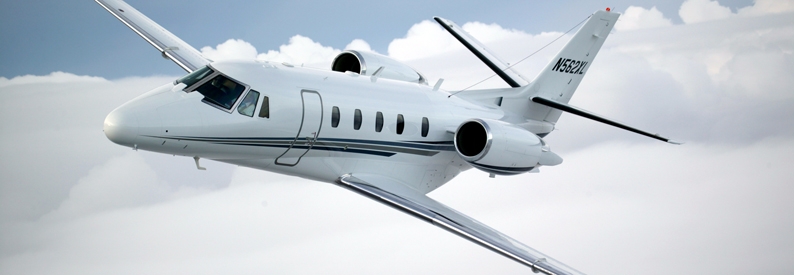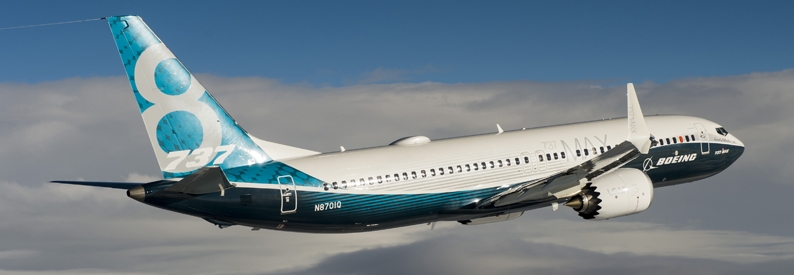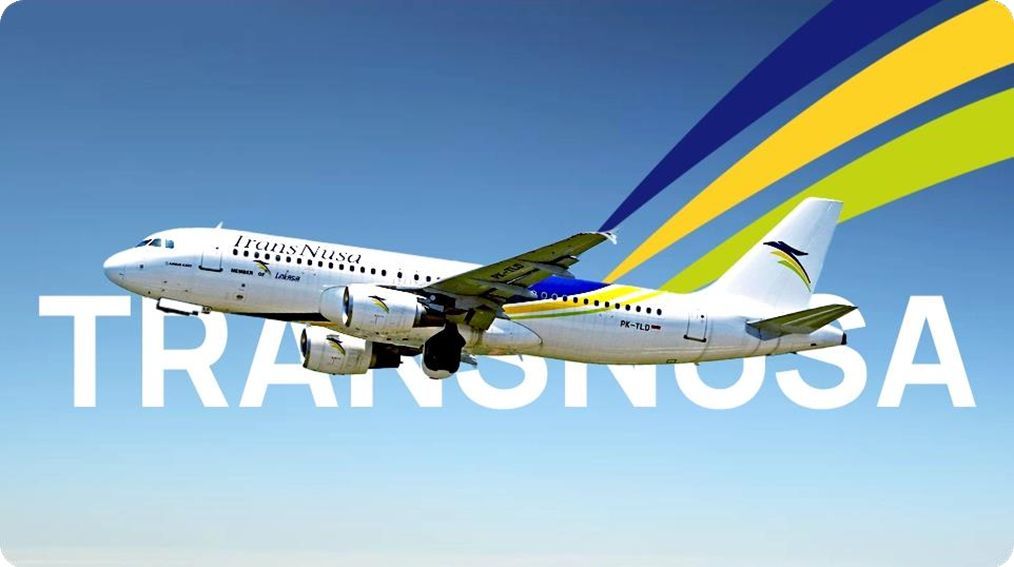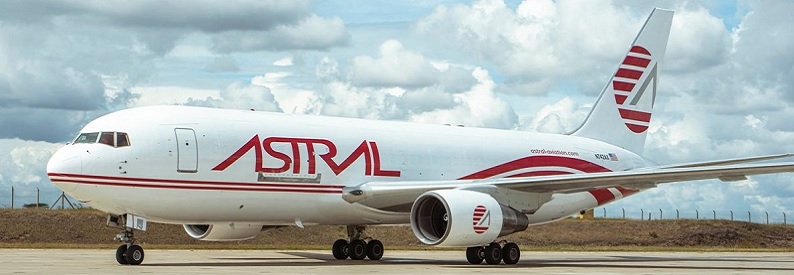The Boeing 777X Concept Feature That Was Actually Never Developed

Boeing 777X Certification and Delivery
The long-awaited Boeing 777X has been going through certification testing since the beginning of the year, with the fourth test aircraft taking to the skies this month. Boeing’s leadership has affirmed at recent events that it believes the manufacturer is on track to complete certification this year. That would enable it to make its long-promised first B777-9 delivery to launch customer Lufthansa in 2026.
Boeing 777 Launch Details
- Customer(s): United Airlines
- Manufacturer: Boeing
- Aircraft Type: Widebody
- First Delivery: May 15, 1995
Discontinued Feature: Engine Chevrons
One thing that Lufthansa (or any other customer) won’t be getting is a feature that was a part of the original B777X concept plans, but has since been discarded. Engine chevrons, the jagged “teeth” at the rear of the engines on many new Boeing aircraft, were part of the original B777X design. But they haven’t made it into production, as is clearly evident on the first four B777X’s being used for testing.
The Purpose of Engine Chevrons
Photo: Boeing
Engine chevrons are the sawtooth-shaped structures found on the edges of jet engine nacelles or nozzles. They were initially developed through a partnership between Boeing, General Electric (GE) and NASA that dates back more than two decades. They were subsequently trialed on Boeing’s second Quiet Technology Demonstrator (QTD) back in 2005, a B777-300ER which was fitted out with chevrons for the first time.
The primary purpose of the engine chevrons is noise reduction. Jet engine noise is primarily caused by the turbulent mixing of hot exhaust air with cooler outside air. The chevrons are designed to create a smoother mixing of the hot air from the engine core with the cooler air blowing through the engine fan. This results in less turbulence and, consequently, less noise, especially during takeoff and landing. Chevrons have been found to reduce fan tones by up to 15 decibels on the ground and in the forward cabin.
It is also worth noting that the engine nacelles are part of the airframe of an aircraft, designed to be a streamlined enclosure that houses the engine and its components. They are not considered part of the engine itself, so while Boeing and GE collaborated on engine chevrons and both registered patents related to the technology, the decision to include them on aircraft came down to Boeing and its design team.
Current Aircraft That Have Engine Chevrons
Photo: Markus Mainka | Shutterstock
Engine chevrons first started appearing in 2006 as the upcoming Boeing 787 engines were revealed. General Electric unveiled its GEnx engine, which would go on to power nearly three-quarters of the B787 orders, as well as be adapted as the sole engine option for the Boeing 747-8. Rolls-Royce launched the Trent 1000 engine in competition, which has been fitted to more than 500 B787s.
Commercial Aircraft With Engine Chevrons
- Type: Boeing 787
- First flight: 2009
- Engine options: General Electric GEnx; Rolls-Royce Trent 1000
In addition to the Boeing 787, the Boeing 737 MAX series also incorporated engine chevrons into its design, specifically targeting noise reduction to enhance the passenger experience and comply with increasingly stringent airport noise regulations. The LEAP-1B engines, developed by CFM International - a joint venture between GE Aviation and Safran Aircraft Engines - power the 737 MAX and feature these distinctive chevrons. This adaptation underscores Boeing's commitment to advancing technology for noise reduction across its newer aircraft models, ensuring that the benefits of quieter engines are not exclusive to its widebody fleet.






.png)


